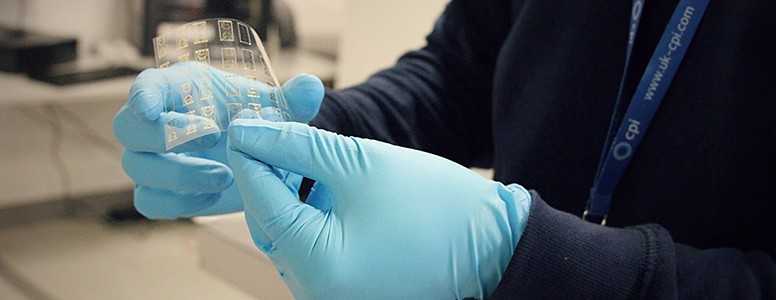A breathalyser that can monitor blood glucose levels, which has the potential to replace finger pricking for people with diabetes, is being developed.
The device will be a collaboration between Applied Nanodetectors Ltd, a Middlesex-based technology company, and the Centre for Process Innovation (CPI), based in Teesside.
Work has begun into the designing and printing of this novel glucose sensor which can be incorporated into a breathalyser. This sensor enables the measurement of volatile organic compounds (VOC’s) – chemicals that have a high vapour pressure at ordinary room temperature – in human breath.
In a 2014 study, C Walton et al reported: “It has been noted that breath in people suffering with diabetes has a different odour and thus it may be possible to use breath analysis to monitor the blood glucose concentration.”
Glucose testing is essential for people with type 1 diabetes, as well as people with type 2 diabetes who are at risk of hypoglycemia. Most people have to prick their finger to test their blood sugar levels, which can be painful and unpleasant, especially for younger patients.
There are currently no devices which offer non-invasive handheld breath testing that have met a price point suitable for the mass market, but the development of this device could change that.
Dr Victor Higgs, Managing Director at Applied Nanodetectors Ltd, added: “This would provide diabetics with a non-invasive easy to use test compared to the established finger prick method. This new sensor platform offers both high sensitivity and industry leading reliability and can be modified for use in new clinical applications.”
Furthermore, being able to print glucose sensors allows mass production at extremely low costs per unit. “The incorporation of a low cost, printed glucose sensor offers great potential for the commercialisation of a multi-use and environmentally friendly breathalyser device for daily diabetic management,” said James Johnstone, Business Manager at CPI.
Further development will look to upscale the sensor and integration into a point-of-care diagnostic device. Higgs added that “this will enable more efficient healthcare delivery leading to improved patient outcomes.”
At this time, there is no word on when we can expect the device to come to market.
What's new on the forum? ⭐️
Get our free newsletters
Stay up to date with the latest news, research and breakthroughs.





